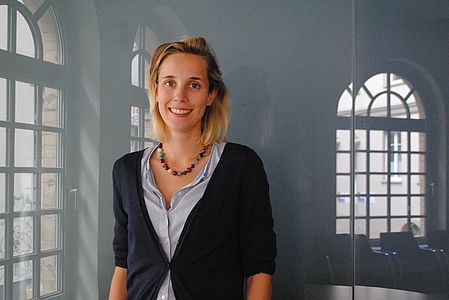Centre for Evidence-based Policy Advice (IWH-CEP)

The Centre for Evidence-based Policy Advice (IWH-CEP) of the IWH was founded in 2014. It is a platform that bundles and structures activities in research, teaching, and policy advice. IWH-CEP pursues the objective of creating better foundations for a causal analysis of policy implemented across different sectors.
IWH-CEP is designed as a service unit and supports the activities in the research groups by providing access to a supra-regional research and policy advising network as well as access to data sets for causal analyses. IWH-CEP lies at the interface between three areas of responsibility and carries out coordination functions between them.
Tasks Team Events Projects Publications
IWH Subsidy Database Research Group "Evaluation of Subsidy Programmes"
The tasks of the IWH-CEP

The government intervenes in the market mechanism through a lot of policy instruments in order to achieve various economic objectives. However, for policy makers, it is important to know whether the originally intended objectives are also achieved. Scientific methods can make a significant contribution to this. These are necessary to establish a clear connection between a policy instrument and its effect. Against this background, the Centre for Evidence-based Policy Advice (IWH-CEP) at the IWH was founded.
Research and Policy Advice
Research and policy advice are organized via the different research groups of the IWH. This organizational structure allows to assess policy changes from both a macro and micro perspective and cover different sectors of the economy.
To gain a better understanding of structural changes and economic growth, a first focus is set on the evaluation of subsidy programmes for firms and regions, for example, the Joint Task of "Improving the Regional Economic Structure" (which is the most important regional policy support scheme in Germany) and the measures envisaged by the Coal Regions Investment Act (InvKG) are being evaluated on behalf of federal and state governments. The objective of the projects is to use advanced evaluation techniques to assess the impact of policy support measures. The projects are carried out under the responsibility of the IWH Research Group "Evaluation of Subsidy Programmes".
A second key area includes analyses on regulatory reforms and effects. Especially having in mind that after the recent financial crisis, a re-regulation of the financial system took place, it is of utmost importance to evaluate the effectiveness of the reforms as well as to assess whether there are unintended side-effects. In the context of the project The Political Economy of the European Banking Union, researchers in the financial markets department study how the directives underlying the European Banking Union are implemented across member states as well as whether the new regulatory framework has implications for banking stability and financial intermediation.
Set-up of a Network
The IWH-CEP sees itself as part of various initiatives in the field of evidence-based economic policy. This is to ensure the unit's visibility and the awareness of the issue among the scientific and policy community.
Set-up and Maintenance of Databases
The major challenge in the analysis of effects of government interventions and regulatory changes lies in the accessibility of administrative data. IWH-CEP advances into this direction by building up databases that can be shared with other researchers.
Therefore, the IWH Subsidy Database is set up, maintained and completed according to the (current) specialisation in the analysis of effects of industrial policy support schemes. Information about the funded projects alone is not sufficient to conduct causal analyses – corporate data provided by official and commercial statistics must be added; this is organised using record linkage techniques. This task is carried out at the IWH Research Data Centre.
Additionally, the financial market department has set up the website International Banking Library, which is a web-based platform for the exchange of research outcomes on cross-border banking. It provides access to data sources, academic research on cross-border banking, both theoretical and empirical, as well as information on regulatory initiatives. Thus, the website provides researchers and policymakers with a comprehensive overview of available data to conduct policy evaluation and the current stance of the literature on regulation and supervision of financial markets. The quarterly newsletter summarizes recent developments and is appreciateted by both academics and central bankers.
The website of the International Banking Library also allows access to the Financial Markets Directives Database. This database provides information about financial markets regulation in Europe since the last financial and sovereign debt crisis. One key element is the harmonization of rules for capital regulation, bank resolution and deposit insurance on the way to the European banking and capital market union. The first element of the database provides data on the implementation of the Capital Markets Union in the European Union (see Emlein, M.; Sfrappini, E.; Tonzer, L.; Zgherea, C.: Capital Markets Union: Database of Directives and Regulations. IWH Technical Reports 2/2022).
Your Contact

Research Group Head
If you have any further questions please contact me.
+49 345 7753-861 Request per E-MailEvents
The IWH-CEP organises the annual transfer conference "From Transition to European Integration". Under a current topic, the event connects representatives from politics, ministries, authorities, associations and companies with scientists from the IWH and its partner institutions. The opening speech is given by a prominent politician. After scientific lectures and discussions, a panel discussion concludes the one-day conference. The event is designed for the dissemination of IWH's research findings among political decision-makers and administrative professionals. There is also media coverage.
Projects
FLEXPANELDID: Stata module to perform causal analysis of treatments with varying start dates and durations
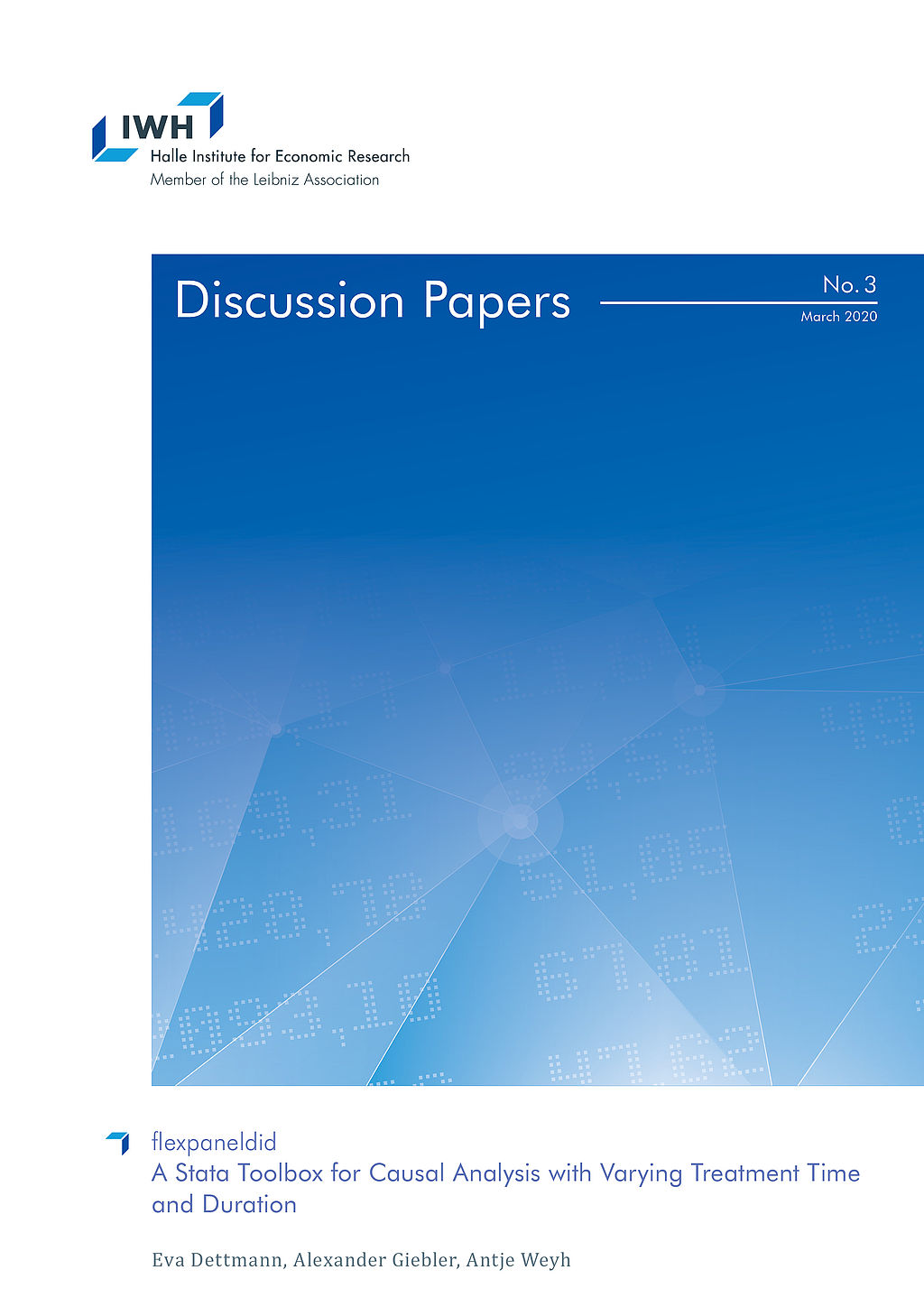
flexpaneldid: A Stata Toolbox for Causal Analysis with Varying Treatment Time and Duration
in: IWH Discussion Papers, No. 3, 2020
Abstract
The paper presents a modification of the matching and difference-in-differences approach of Heckman et al. (1998) for the staggered treatment adoption design and a Stata tool that implements the approach. This flexible conditional difference-in-differences approach is particularly useful for causal analysis of treatments with varying start dates and varying treatment durations. Introducing more flexibility enables the user to consider individual treatment periods for the treated observations and thus circumventing problems arising in canonical difference-in-differences approaches. The open-source flexpaneldid toolbox for Stata implements the developed approach and allows comprehensive robustness checks and quality tests. The core of the paper gives comprehensive examples to explain the use of the commands and its options on the basis of a publicly accessible data set.
09.2019 ‐ 09.2022
Establishing Evidence-based Evaluation Methods for Subsidy Programmes in Germany (EVA-KULT)
European Regional Development Fund (ERDF)
The project aims at expanding the Centre for Evidence-based Policy Advice at the Halle Institute for Economic Research (IWH-CEP).
Publications
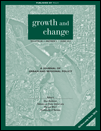
Actors and Interactions – Identifying the Role of Industrial Clusters for Regional Production and Knowledge Generation Activities
in: Growth and Change, No. 2, 2014
Abstract
This paper contributes to the empirical literature on systematic methodologies for the identification of industrial clusters. It combines a measure of spatial concentration, qualitative input–output analysis, and a knowledge interaction matrix to identify the production and knowledge generation activities of industrial clusters in the Federal State of Saxony in Germany. It describes the spatial allocation of the industrial clusters, identifies potentials for value chain industry clusters, and relates the production activities to the activities of knowledge generation in Saxony. It finds only a small overlap in the production activities of industrial clusters and general knowledge generation activities in the region, mainly driven by the high-tech industrial cluster in the semiconductor industry. Furthermore, the approach makes clear that a sole focus on production activities for industrial cluster analysis limits the identification of innovative actors.
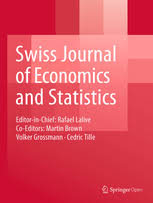
Subsidized Vocational Training: Stepping Stone or Trap? – Assessing Empirical Effects using Matching Techniques
in: Swiss Journal of Economics and Statistics, No. 4, 2013
Abstract
Using replacement matching on the basis of a statistical distance function we try to answer the question of whether subsidized vocational training is related to a negative image effect for the graduates. The results show that young people with equal qualifications acquired during subsidized vocational training are disadvantaged solely due to the kind of education they have received. The probability of finding adequate employment is lower than in the control group. Besides the 'general effect' of support we also find less favorable job opportunities for those who attended 'external' as compared to 'workplace-related' training.
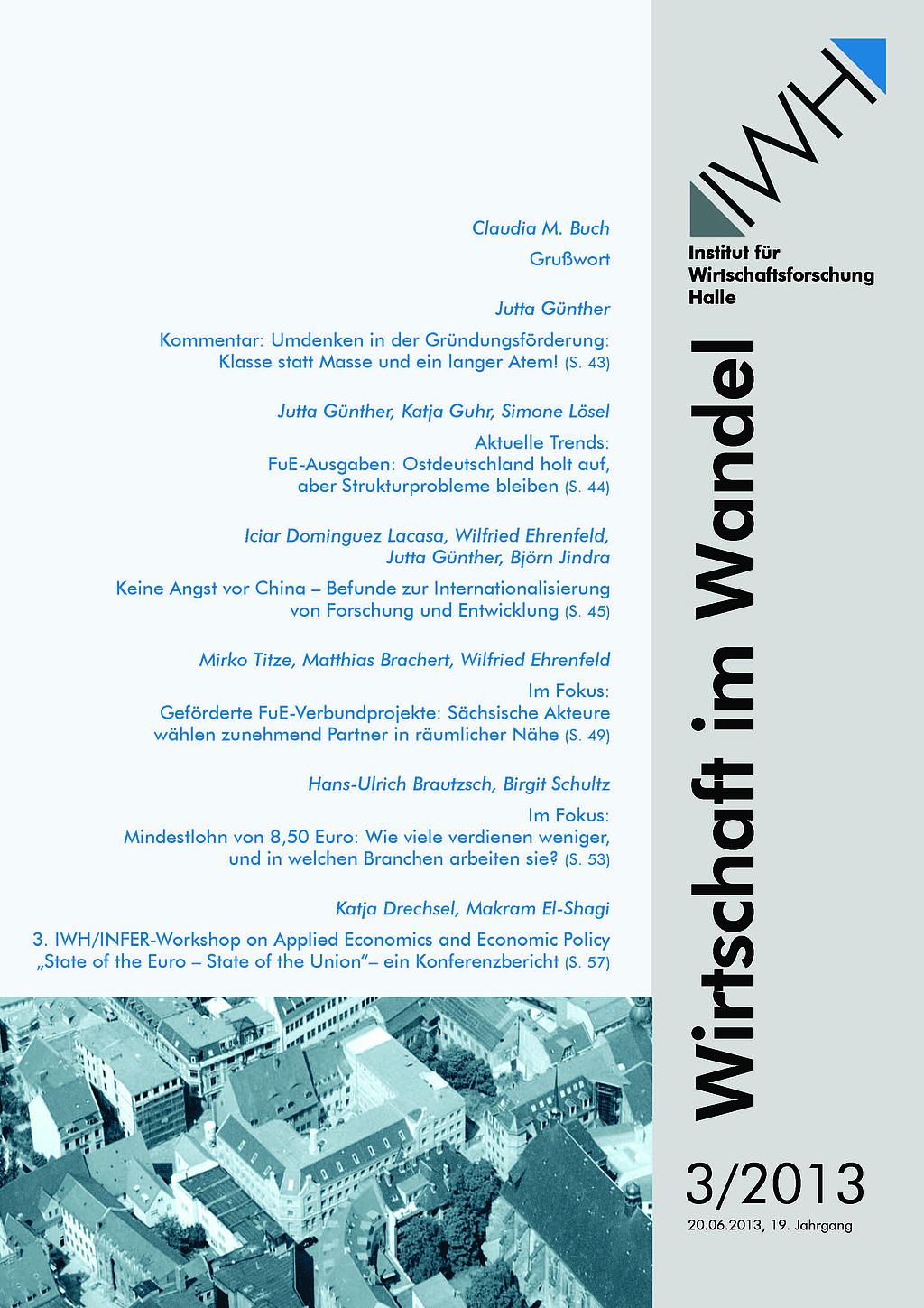
Im Fokus: Geförderte FuE-Verbundprojekte: Sächsische Akteure wählen zunehmend Partner in räumlicher Nähe
in: Wirtschaft im Wandel, No. 3, 2013
Abstract
Externe Kooperationen bei innovativen Projekten sind mit einer Reihe von Vorteilen verbunden. Oft werden solche Projekte durch Kooperationen überhaupt erst möglich. Die Literatur stellt dabei insbesondere den Austausch von Wissen heraus. Für den Austausch einer ganz besonderen Form des Wissens, des so genannten nicht kodifizierten Wissens, ist oftmals räumliche Nähe erforderlich, da nicht kodifiziertes Wissen überwiegend durch persönliche Kontakte ausgetauscht wird. Der Bund und die Länder wenden eine ganze Reihe von Förderprogrammen an, die Anreize zur Aufnahme von innovativen Kooperationsprojekten bieten. Der vorliegende Beitrag analysiert die Kooperationsstrukturen innerhalb geförderter Verbundprojekte des Bundes in den Zeiträumen 1995 bis 2000 und 2005 bis 2010. Die Untersuchung richtet sich auf den Freistaat Sachsen. Es zeigt sich, dass die sächsischen Akteure im zweiten Zeitraum mehr Partner innerhalb Sachsens und der ostdeutschen Länder gewählt haben als in der ersten Periode. Dies spricht offenbar dafür, dass sächsische Partner attraktiver werden, und ermöglicht durch die räumliche Nähe den stärkeren Austausch von nicht kodifiziertem Wissen, welches wichtig für den Erfolg von Innovationsaktivitäten einer Region ist.
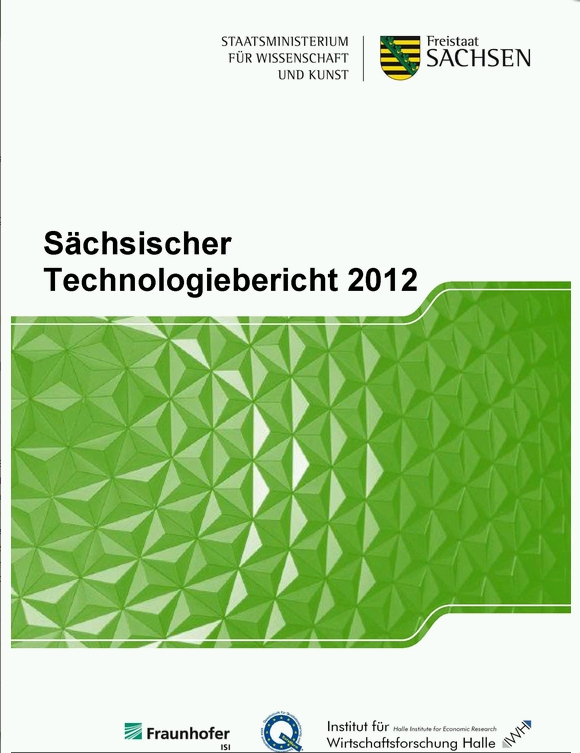
Sächsischer Technologiebericht 2012
in: Studie im Auftrag des Sächsischen Staatsministeriums für Wissenschaft und Kunst, 2013
Abstract
Der „Sächsische Technologiebericht 2012“ verfolgt das Ziel, das Innovationsgeschehen im Freistaat Sachsen umfassend darzustellen. Er beschreibt Potenziale und Rahmenbedingungen sowie Stärken und Schwächen der Innovationspraxis im Freistaat und ermöglicht als Monitoring-Instrument die Beobachtung der Entwicklung innovationsrelevanter Indikatoren im Zeitverlauf. Die Funktion des Monitorings erschöpft sich dabei nicht in der Erfassung von Ist-Zustand und Dynamik des Innovationsgeschehens, sondern soll Rückschlüsse darauf zulassen, ob durch die Politik vorgegebene Ziele erreicht wurden.

Determinanten ausländischer FuE-Aktivität in Deutschland und der EU27
in: Internationale FuE-Standorte. Studien zum deutschen Innovationssystem Nr. 11-2013, No. 11, 2013
Abstract
Obwohl es sich grundsätzlich um kein neues Phänomenhandelt, so hat in den letzten beiden Jahrzehnten die Internationalisierung von Forschungund Entwicklung (FuE) deutlich zugenommen. So zeigen z. B. Untersuchungen der OECD, dass die FuE-Ausgaben ausländischer Tochterunternehmen in der Periode zwischen 1995 und2003 doppelt so schnell angestiegen sind wie ihr Umsatz oder die aggregierten Importe des Gastlandes. Dies deutet darauf hin, dass FuE zu den dynamischen Elementen der Globalisierung gehört. Allerdings steht der Grad der FuE-Internationalisierung dem der Produktion oft noch nach, wenn man zumindest unterschiedliche Bereiche des Verarbeitenden Gewerbes in EU und OECD-Ländern betrachtet.
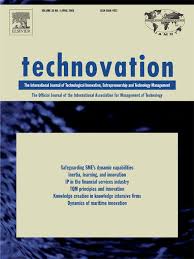
What Drives Innovation Output from Subsidized R&D Cooperation? — Project-level Evidence from Germany
in: Technovation, No. 6, 2012
Abstract
Using a large dataset of 406 subsidized R&D cooperation projects, we provide detailed insights into the relationship between project characteristics and innovation output. Patent applications and publications are used as measures for the innovation output of an R&D project. We find that large-firm involvement is strongly positively related with the number of patent applications, but not with the number of publications. Conversely, university involvement has positive effects on projects’ innovation output in terms of the number of publications but not in terms of patent applications. In general, projects’ funding as measure of projects’ size is an important predictor of the innovation output of R&D cooperation projects. No significant effects are found for the number of partners as (an alternative) measure of projects’ size, for spatial proximity between cooperation partners, for the involvement of a public institute for applied research, and for prior cooperation experiences. We derive conclusions for the design of R&D cooperation support schemes.
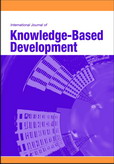
A Systemic View on Knowledge-based Development Metrics
in: International Journal of Knowledge-Based Development, No. 1, 2012
Abstract
Drawing on the systems perspective of innovation processes, this article proposes a conceptual approach for a comprehensive analysis of regional knowledge generation and transfer. Instead of focusing on one single indicator, the approach emphasizes the importance to take multiple channels of knowledge transfer into account. This provides valuable insights into the spatial structure of innovation processes on different levels. We disentangle the innovation process and consider four different layers: i.) publications in peer-reviewed journals, ii.) patent applications, iii.) formal R&D collaboration projects, the iv.) localized input-output relations. Further, we demonstrate the relevance of the „multi-layer approach‟ by applying it empirically to a specific regional innovation system: The Free State of Saxony – a federal state in Germany. We argue that the approach could be a valuable tool to inform policy-makers about knowledge-based regional development strategies.
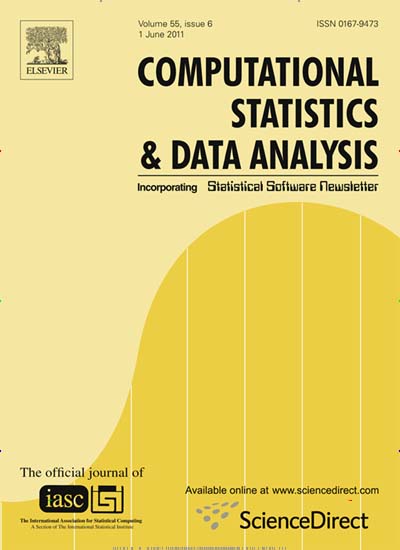
Distance Functions for Matching in Small Samples
in: Computational Statistics & Data Analysis, No. 5, 2011
Abstract
The development of ‘standards’ for the application of matching algorithms in empirical evaluation studies is still an outstanding goal. The first step of the matching procedure is the choice of an appropriate distance function. In empirical evaluation situations often the sample sizes are small. Moreover, they consist of variables with different scale levels which have to be considered explicitly in the matching process. A simulation is performed which is directed towards these empirical challenges and supplements former studies in this respect. The choice of the analysed distance functions is determined by the results of former theoretical studies and recommendations in the empirical literature. Thus, two balancing scores (the propensity score and the index score) and the Mahalanobis distance are considered. Additionally, aggregated statistical distance functions not yet used for empirical evaluation are included. The matching outcomes are compared using non-parametric scale-specific tests for identical distributions of the characteristics in the treatment and the control groups. The simulation results show that, in small samples, aggregated statistical distance functions are the better choice for summarising similarities in differently scaled variables compared to the commonly used measures.
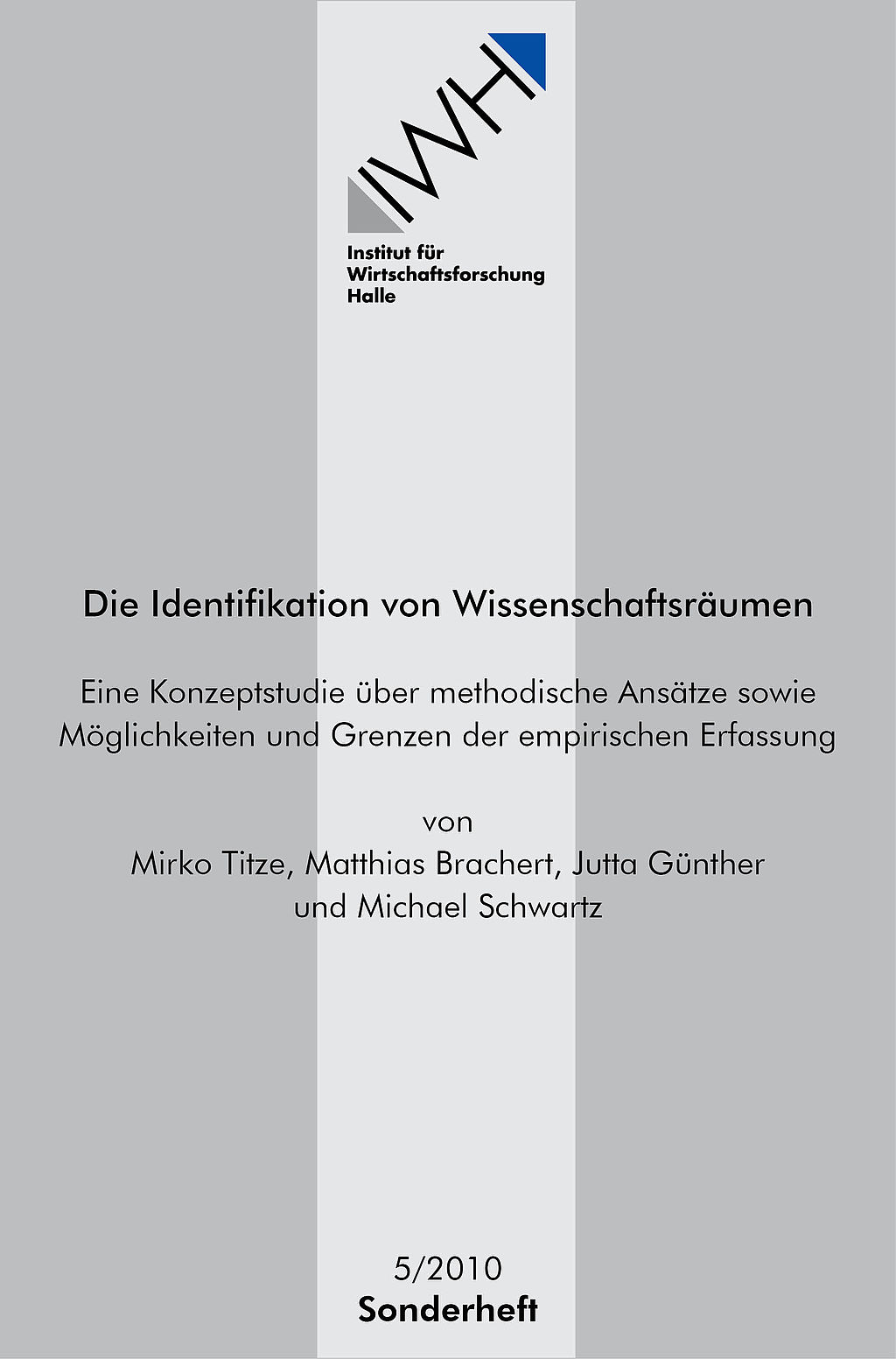
Measuring Regionalized Knowledge Generation and Transfer – A Feasibility Study Using a Multi-layer Approach in the Free State of Saxony
in: IWH-Sonderhefte, No. 5, 2010
Abstract
Economic literature regards knowledge creation and learning as critical elements for gaining competitive advantage of regions. However, recognizing the importance of innovation and knowledge creation to economic success is far from being novel. Original is the view of increasing importance of knowledge creation for speeding up the depreciation of existing knowledge stocks. This puts a high pressure on regional actors to constantly participate in innovation processes to maintain their competitive advantages. Against this background, regional actors – if they aim to be successful in the globalized economy – first require access to a comprehensive and diversified knowledge base. Second, they need to participate in the processes of knowledge generation and knowledge transfer. Thereby, systemic innovation theory has pronounced the view that the locus of innovation and knowledge creation resides not only within the boundaries of the regional actors, such as private firms, universities, research laboratories, suppliers, and customers, but is the result of an interdependent exchange process between these different types. Collaborative interactions, bringing together different types of actors, may therefore lie well at the heart of accelerated knowledge creation and learning at the regional level (Lundvall and Johnson 1994).
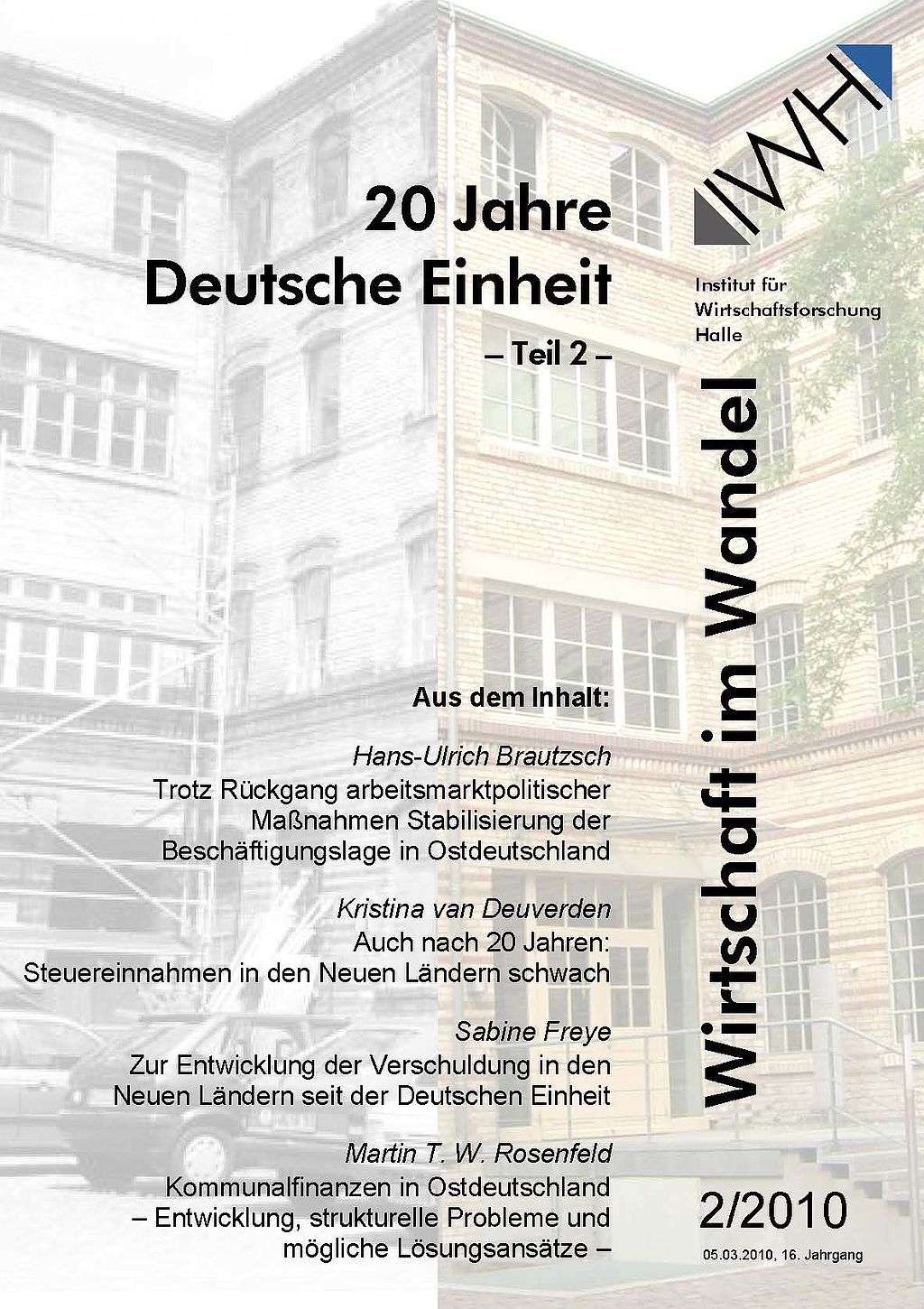
20 years of innovation policy in East Germany – from a pure “survival support” to high-tech subsidy
in: Wirtschaft im Wandel, No. 2, 20 Jahre Deutsche Einheit - Teil 2 - 2010
Abstract
The article uses the occasion of “20 years German re-unification” in order to provide an overview of the range of innovation policy schemes in East Germany with the intention to identify changing patterns or paradigms in its philosophy and priorities over time. In general, innovation policy schemes aim at increasing research and development (R&D) activities of companies in order to strengthen their competitiveness as market incentives for R&D are usually too low (problem of market failure). However, in East Germany in the early 1990s the situation was different. At the very beginning, the transformation process in East Germany was accompanied by innovation policy schemes that aimed at the pure maintenance of industrial research and the stock of R&D personnel since the potential for innovation was at a risk to be eliminated completely. In the late 1990s the intention of innovation policies changed. Instead of financial support primarily for human resources, innovation policy schemes since then focused on the support of cooperation projects between different research entities (companies and scientific organizations) and, later on, also the setup of networks in order to close the economic differences between East and West Germany.





